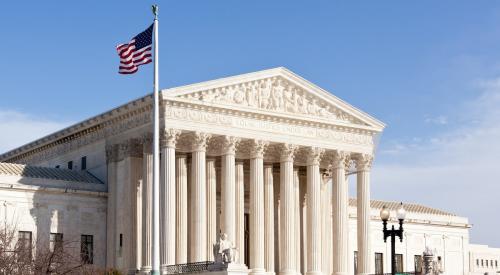The Trump administration is proposing reforms of the Endangered Species Act (ESA) that would encourage a more collaborative and practical approach to protecting listed species, and reduce the burdensome and costly red tape that ultimately drives up new-home prices.
Developers and builders understand that their activities can affect listed species and their habitats. As a result, they depend on timely advice and guidance from the U.S. Fish and Wildlife Service (FWS) and the National Marine Fisheries Service (NMFS) as they seek to avoid significant impacts to listed species or designated critical habitat.
The ESA’s authorization process can take months or years, as federal regulators disagree over the potential impacts upon a listed species or fail to complete the consultation process due to unwieldy permitting processes.
At present, a builder or developer whose project affects an endangered species is subject to a consultation process in which federal agencies must confer before the landowner can proceed. This process usually results in costly permitting delays and even the potential loss of buildable lots. Streamlining the consultation process responsibly would shorten the wait for permits without sacrificing protection for listed species.
RELATED
The proposal also would require federal agencies to specify what information the builder or developer must provide to the agencies so that they can conduct their review. This would help eliminate some of the expensive and often unnecessary delays that can plague the consultation process.
The Trump administration also proposes a common-sense change regarding critical habitats: Builders and developers who have land that is not currently occupied by a threatened or endangered species would not be forced to carry out an extensive mitigation effort unless there is a reasonable likelihood that the area will contribute to the conservation of the species.
These changes are long overdue. They would discourage costly litigation and support collaboration between environmental groups, private land owners, and government officials in the effort to protect endangered species.













